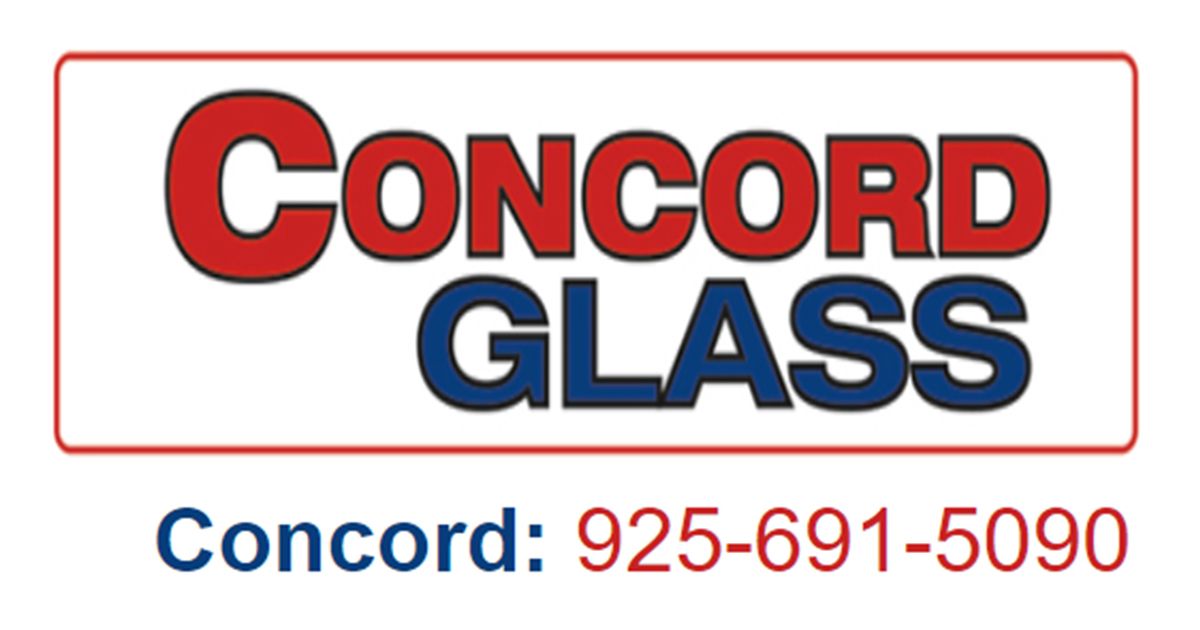4 Common Window Types | Concord Glass
Windows are more than just openings in your home's walls. They are architectural elements that shape the character of your living spaces. As a new home builder, selecting the right window types is a critical decision that will influence your new abode's aesthetics, functionality, and energy efficiency.
Whether you're crafting a modern masterpiece or a cozy cottage, understanding these window options will help you make informed choices that align with your design vision and practical needs. Here are four common window types that builders favor for their unique attributes and versatility.
1. Casement Windows
Casement windows are a very common style of window that stands out for their expansive glass area. A crank handle lets you crank open the casement, allowing the window to swivel open in any direction. This provides for optimal airflow, illumination from the sun, and visibility. Due to their ease of opening and angling, casement windows are also ideal for contemporary homes in hot regions.
Casement windows should have double panes with low-E coating for maximum energy efficiency to shield the inside from damaging sunlight. Casement windows are extremely secure since they open completely outward and are not as huge or heavy as other types of windows. They require little in the way of upkeep because they can be quickly and easily cleaned.
Casement windows are a great option for homeowners who want to let in lots of natural light and save money on energy bills. Still, they do have some drawbacks, such as being incompatible with storm windows and being inconvenient for use with central air conditioning.
2. Bay Windows
Bay windows feature multiple panes of glass housed in an inclined frame typically built protruding towards the home's exterior. These windows have a larger glass area and project outward, allowing more natural light to enter the room.
In addition, they offer better perspectives of the outdoors. This is particularly accurate for bay windows found in the upper story. A key perk of bay windows is the extra room they provide by projecting from the wall.
In addition, you can choose from a wide variety of window designs and frame materials. This gives you additional options for decorating around the windows in your space. However, compared to other frame designs, they might be more costly and hard to fix or maintain.
3. Hung Windows
A hung window features one or multiple movable sashes to allow ventilation. The two main types of hung windows are single-hung and double-hung windows.
A single-hung window comprises a vertically operable lower sash and a fixed upper sash. The upper sash of the window will be hidden from view when opened. They are the least expensive option but do not provide much fresh air.
Double-hung windows are very much like single-hung ones, but they have two operable sashes instead of just one. The bottom and top sashes can slide up and down or lean out to facilitate servicing and cleaning. An upper and lower sash that moves up and down allows for more air circulation in a room with double-hung windows.
Double-hung windows are adaptable because of the wide range of sizes, designs, hues, and construction options available. They cost more and need more upkeep than standard single-hung windows.
4. Sliding Windows
Sliding windows have two movable panes, called sashes, that slide horizontally to let fresh air and light in. These windows do not open by swinging freely, but rather by sliding horizontally.
Sliding window casings are typically broader than tall, making them an excellent choice for small spaces like balconies and corridors. The modern aesthetic of sliding windows makes them a great addition to any area. Compared to other window options, they save money, are simple to operate, and need less upkeep.
Air leakage is a major problem with sliding windows since they are difficult to seal properly. Over time, they might lose their flexibility, and you will need to clean them frequently to keep the dirt and debris out.




